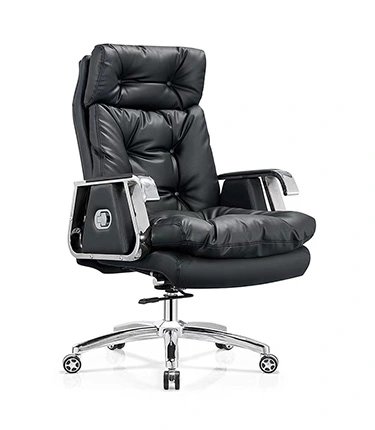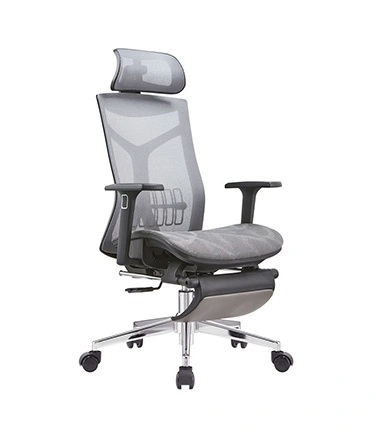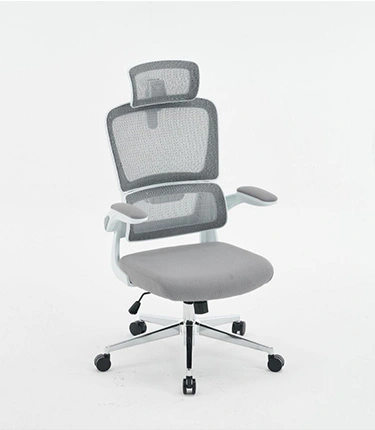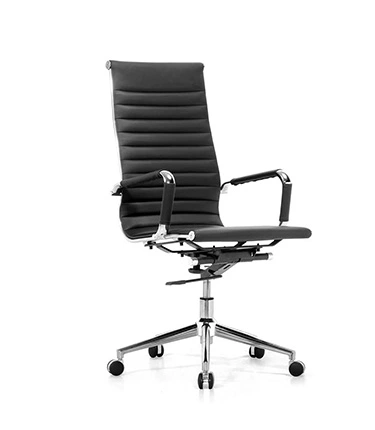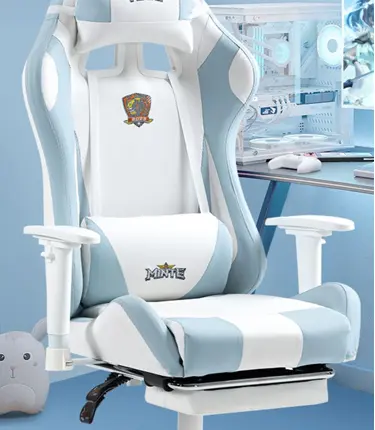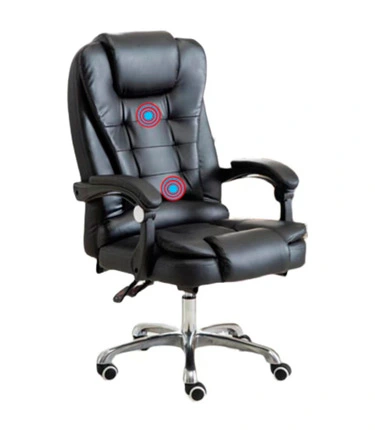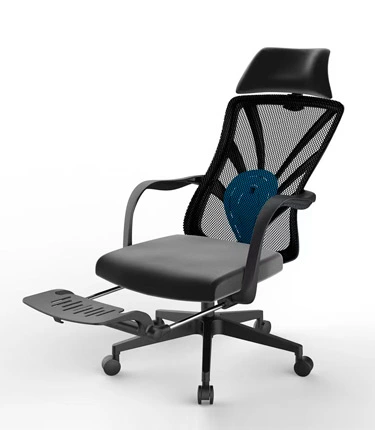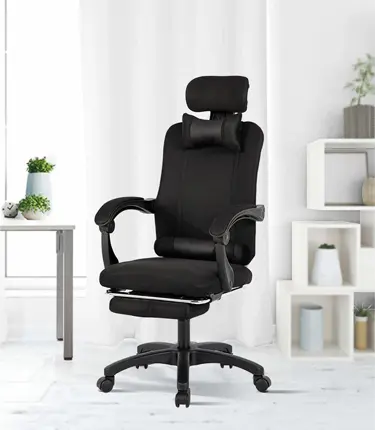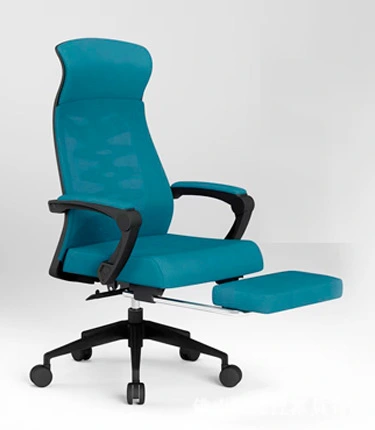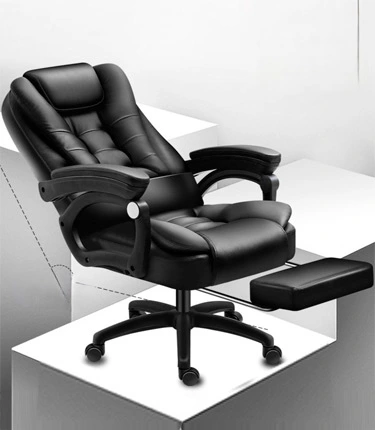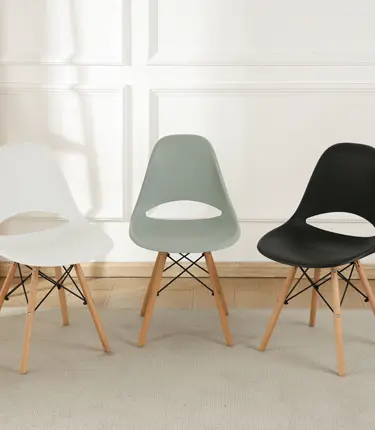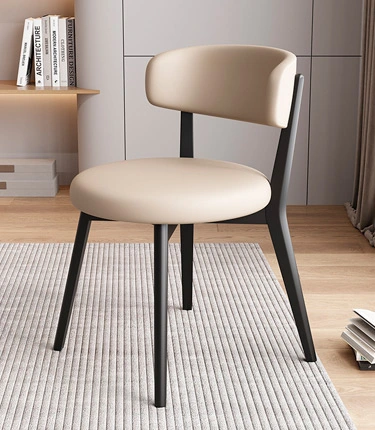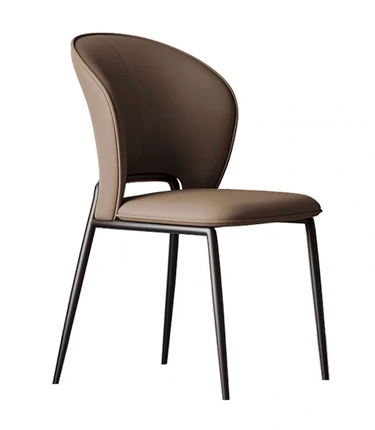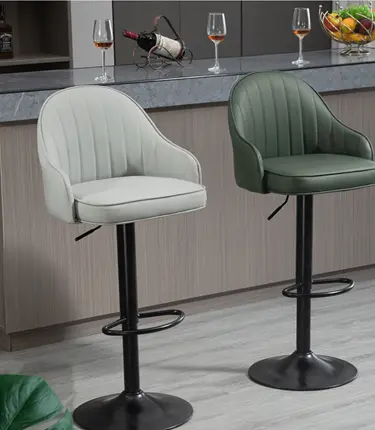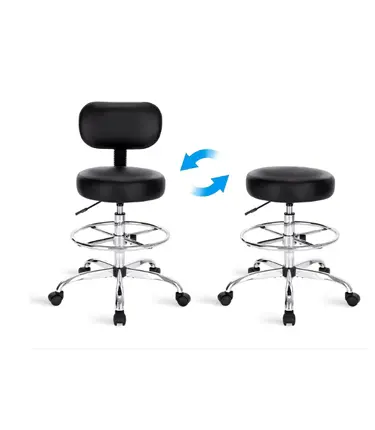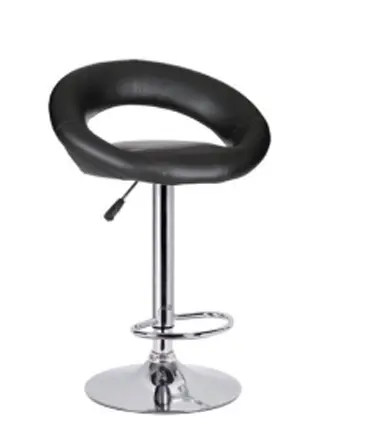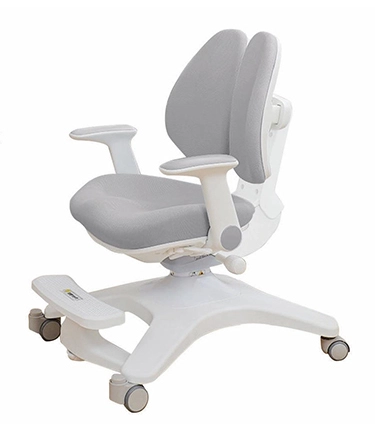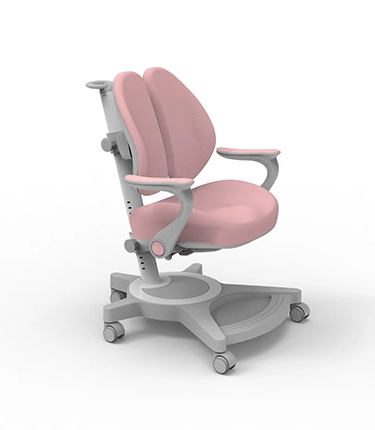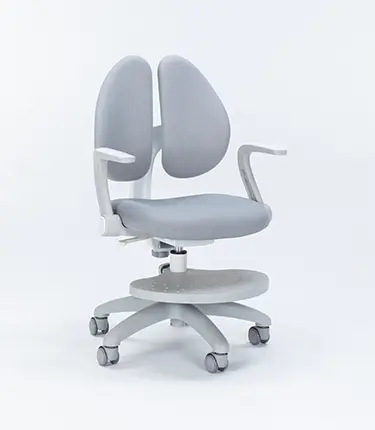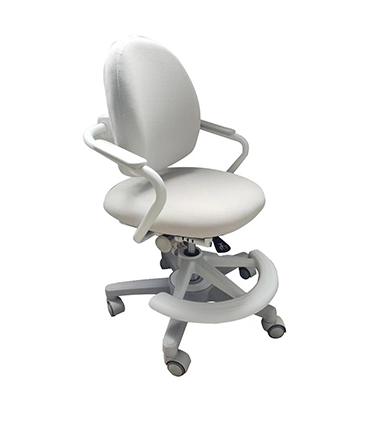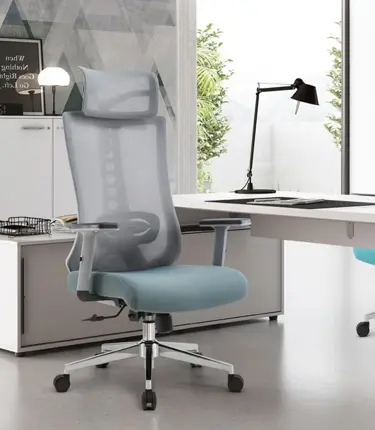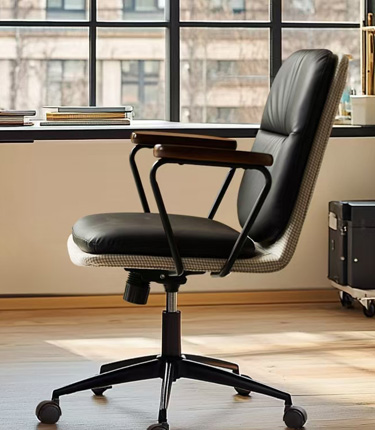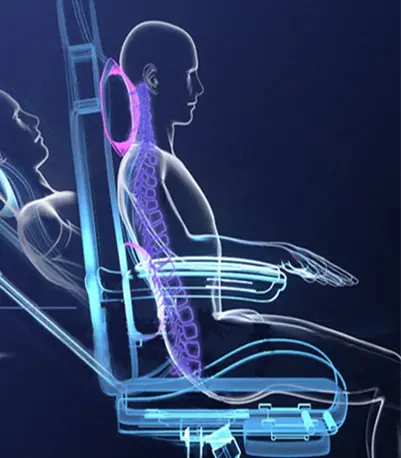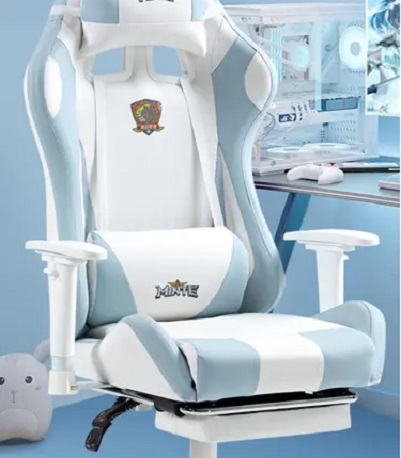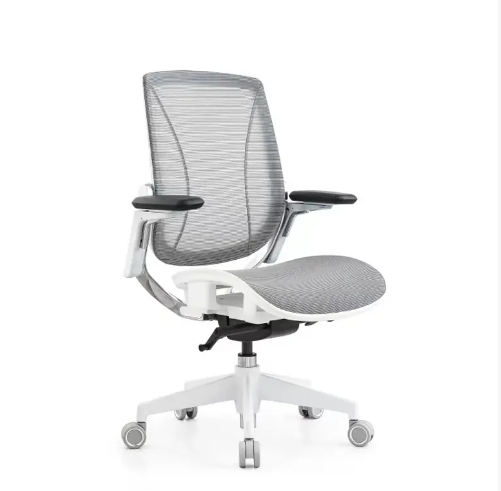Selecting the right ergonomic office chair is crucial. When making a choice, it’s important to consider multiple factors comprehensively.
Seat Surface of the Ergonomic Office Chair
Seat Height
Seat height refers to the vertical distance from the seat surface to the floor.
If the seat is too low: the knees bend excessively, and body weight concentrates too much on the hips, causing discomfort in the knees and hips after prolonged sitting.
If the seat is too high: the lower legs may hang unsupported, restricting blood circulation and leading to numbness and soreness.
An appropriate seat height allows your feet to rest comfortably flat on the floor. Based on anthropometric data from China, a suitable seat height is approximately 40–44 cm.
Seat Depth
Seat depth refers to the distance from the front to the back edge of the seat.
If the seat is too deep: it can be difficult to sit fully against the backrest, and the front edge of the seat may press into the back of the knees.
If the seat is too shallow: the front of the thighs will be unsupported, causing weight to be concentrated on the lower legs.
A proper seat depth not only allows your lower back to be supported by the backrest but also lets your legs move freely, helping to relieve back and leg discomfort. Based on measurements of thigh length in a seated posture, the ideal seat depth is about 38–42 cm.
Seat Width
The seat width should be wide enough to support the entire hip area while allowing some space for movement and posture adjustment. The optimal seat width is generally between 40–45 cm.
For chairs with armrests, arm support must be considered, so the seat width is usually not less than 46 cm, but it should also not be excessively wide.
Armrest Height of the Ergonomic Office Chair
If the chair has armrests, your arms can naturally rest on them, providing support when sitting down, standing up, or shifting positions. However, the armrest height must be properly adjusted.
Armrests that are too high can cause shoulder tension. Armrests that are too low force you to bend forward unnaturally when resting your arms. Both situations may lead to discomfort in the shoulders, neck, and lower back. Based on ergonomic principles, the ideal vertical distance from the seat surface to the armrest is 20–25 cm, with the front of the armrest slightly higher for better support.
Backrest of the Ergonomic Office Chair
When standing naturally, the human spine forms an "S" shape. While sitting, the lower back tends to curve backward unintentionally, which can cause lower back pain from prolonged sitting. A properly designed backrest supports the lumbar region, helping maintain the spine’s natural curve.
A backrest angle of around 110° aligns well with the natural spinal curvature, minimizing pressure on the lower back. Additionally, choosing a chair with a lumbar cushion or support can further enhance overall comfort.
Seat Material of the Ergonomic Office Chair
The seat material should offer good breathability and heat dissipation, with moderate firmness to evenly distribute body pressure and weight.
XINCHI's ergonomic office chair is a premium piece of office furniture designed specifically for modern work environments. It aims to provide comprehensive comfort and support, helping users maintain a healthy posture and reduce physical fatigue caused by long hours of sitting. Combining advanced ergonomic principles with contemporary design, this chair is suitable for various office settings—especially for professionals who spend extended periods seated at work.

